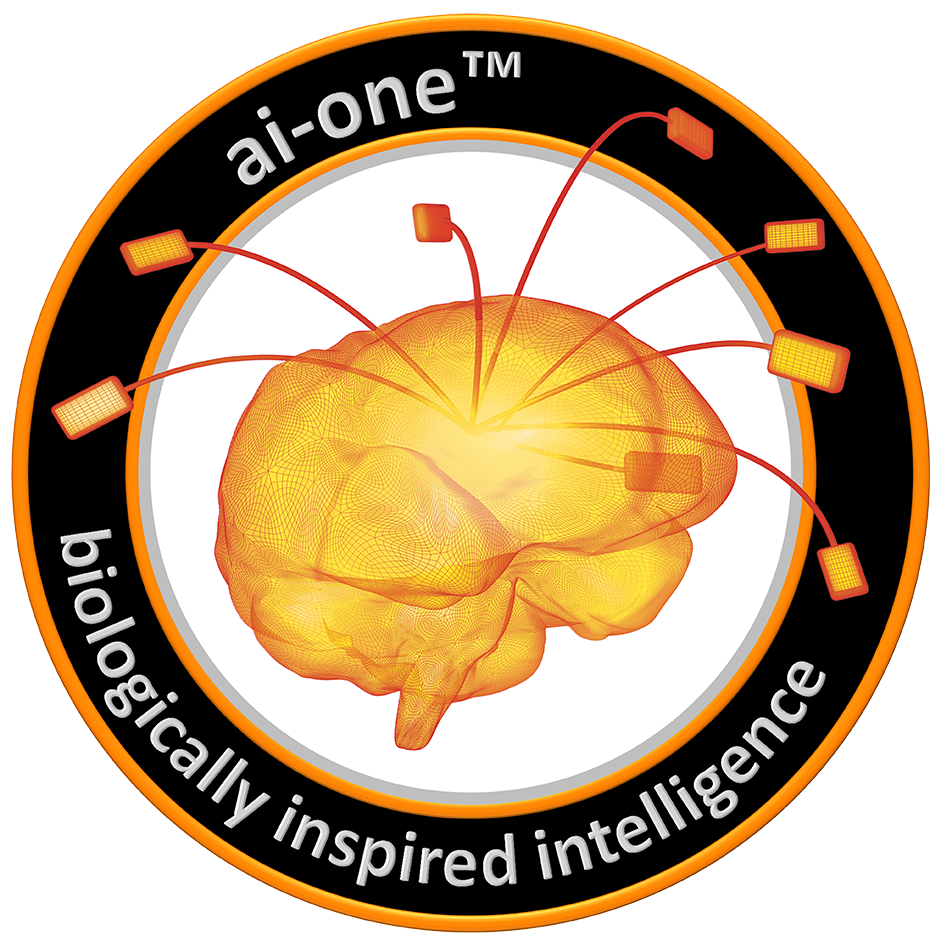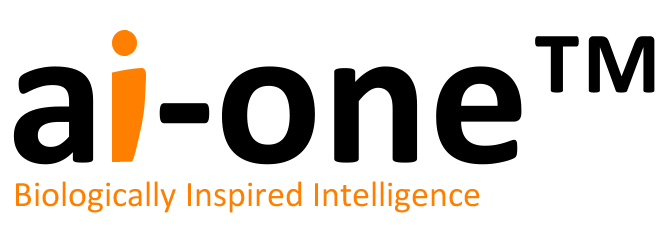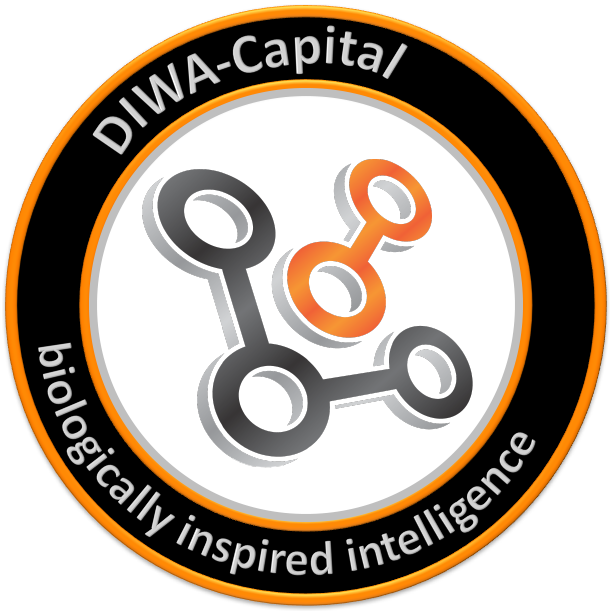Alle Bilder, einschließlich CORA, wurden mit Dall-E, dem Bildgenerator von ChatGPT, erstellt. Alle Ähnlichkeiten mit bestehenden Teammitgliedern sind bekannt und beabsichtigt!
Welchen Chat-Bot bevorzugen Sie?
Wir befinden uns am Anfang einer neuen Phase der IT-Revolution. Die künstliche Intelligenz entwickelt sich mit exponentieller Geschwindigkeit. Es wird erwartet, dass Intelligenz, Qualität und Zuverlässigkeit bald völlig neue Dimensionen erreichen werden. Was wir heute sehen, ist nur der Anfang.
Chatbots sind mathematisch-statistische Maschinen. Die zentrale Frage lautet: Fördert ein menschenähnliches oder ein maschinenähnliches Erscheinungsbild mehr Vertrauen und Akzeptanz?
Bei der menschlichen Interaktion wird Vertrauen nicht nur durch Worte, sondern auch durch visuelle Signale wie Gesichtsausdrücke, Gesten, Kleidung und das gesamte Erscheinungsbild geprägt. Diese Signale helfen uns zu beurteilen, ob jemand die Rolle eines Experten - sei es als Arzt, Banker oder Landwirt - ausfüllt.
Bei der Interaktion mit einer einfachen Textbox fehlen diese Signale, was es schwieriger macht, der Information zu vertrauen oder sie zu bestätigen. Umso wichtiger ist es, die Wissensbasis des Chatbots und die Art und Weise, wie er trainiert wurde, zu verstehen.
Professionelle Einsatz von KI
Die größte Herausforderung für Unternehmen ist nicht die Existenz der KI selbst, sondern ihre strukturierte Integration in Geschäftsmodelle und Arbeitsabläufe. KI ist keine universelle Lösung - sie muss präzise konzipiert und eingesetzt werden.
Chatbots eignen sich zwar gut für kreative und explorative Aufgaben wie Brainstorming, Recherche und Informationsvergleich, aber in der Produktion und im operativen Umfeld sieht es anders aus. Dort muss die KI unter strengen Regeln arbeiten, Prozesse optimieren, Entscheidungen unterstützen und die Einhaltung definierter Standards wie ISO-Zertifizierungen gewährleisten. Hier ist kein Raum für Improvisation - die KI fungiert eher als Arbeiter und Qualitätskontrolleur.
In der Geschäftswelt muss KI daher als Arbeitswerkzeug verstanden werden, dessen Rolle sorgfältig definiert werden muss. In manchen Bereichen ist Kreativität gefragt, in anderen wiederum Zuverlässigkeit und die regelkonforme Ausführung. Unternehmen müssen daher festlegen, welche Art von KI mit welcher Funktionalität in welcher Phase ihrer Prozesse zum Einsatz kommen soll.
Was der CORA ai-Workflow bietet
KI ist keine Lösung, die für alle passt. Sie muss mit einem bestimmten Ziel entwickelt, strukturiert und integriert werden.
Zum Beispiel:
- Ein Chatbot eignet sich hervorragend für Brainstorming, Recherche und Informationsvergleich
- In Produktionsabläufen muss KI jedoch präzise, regelbasiert und ISO-konform sein. Hier hat Kreativität keine Priorität - die Aufgabe der KI besteht darin, Prozesse zu optimieren, Entscheidungen zu unterstützen und eine einwandfreie Ausführung zu gewährleisten.
Wir helfen Unternehmen dabei, diese Rollen voneinander abzugrenzen. In einigen Bereichen muss die KI als kreativer Partner fungieren, in anderen muss sie Schritt für Schritt Anweisungen ausführen.
- Analysieren Sie aktuelle Geschäftsmodelle
- Identifizieren Sie Chancen
- optimieren und verbessern Sie mit KI
- schaffen Sie mit KI neuen Mehrwert
Implementieren Sie KI-Lösungen mit der richtigen Funktionalität am richtigen Ort in Ihren Arbeitsabläufen. KI, die als strategisches Werkzeug fungiert und maximale Effizienz liefert.




